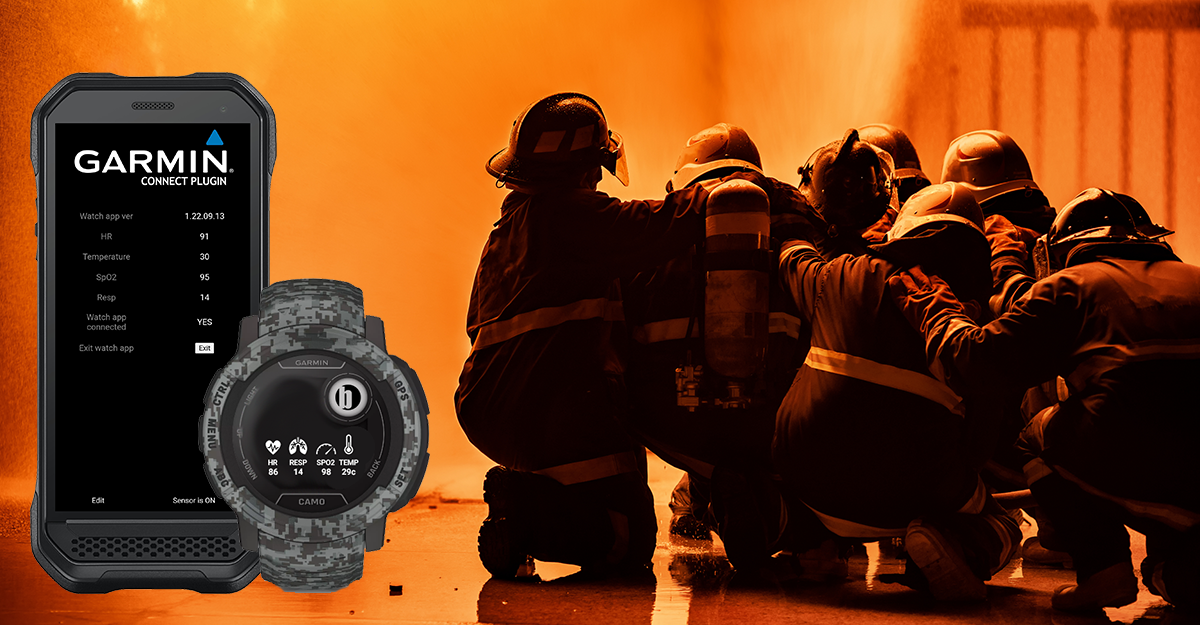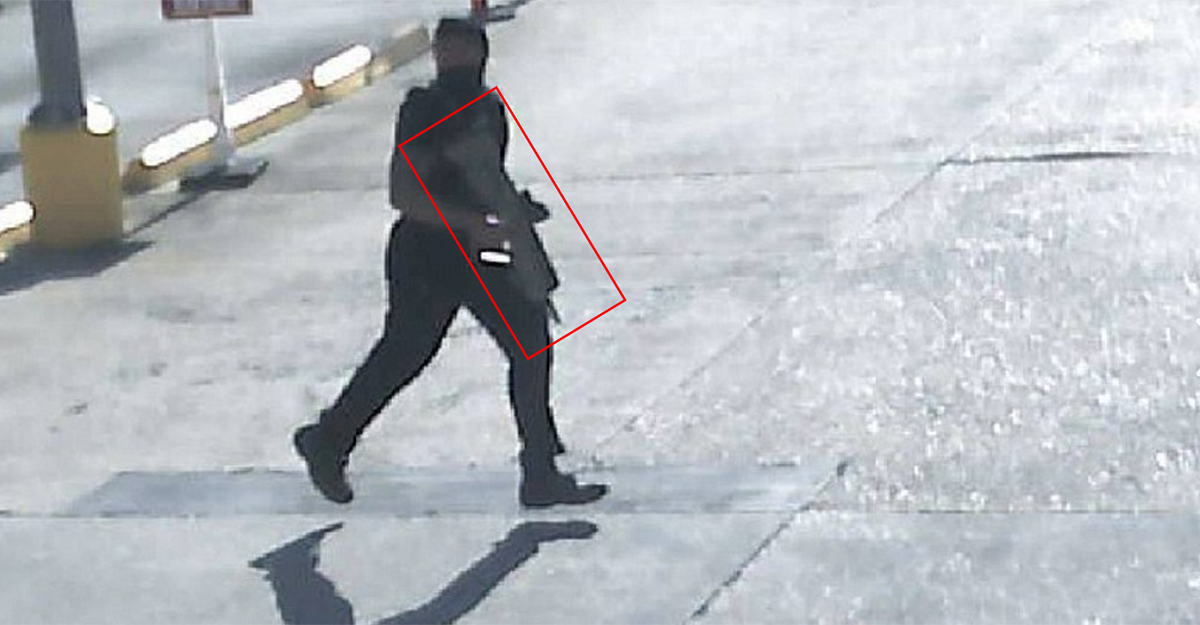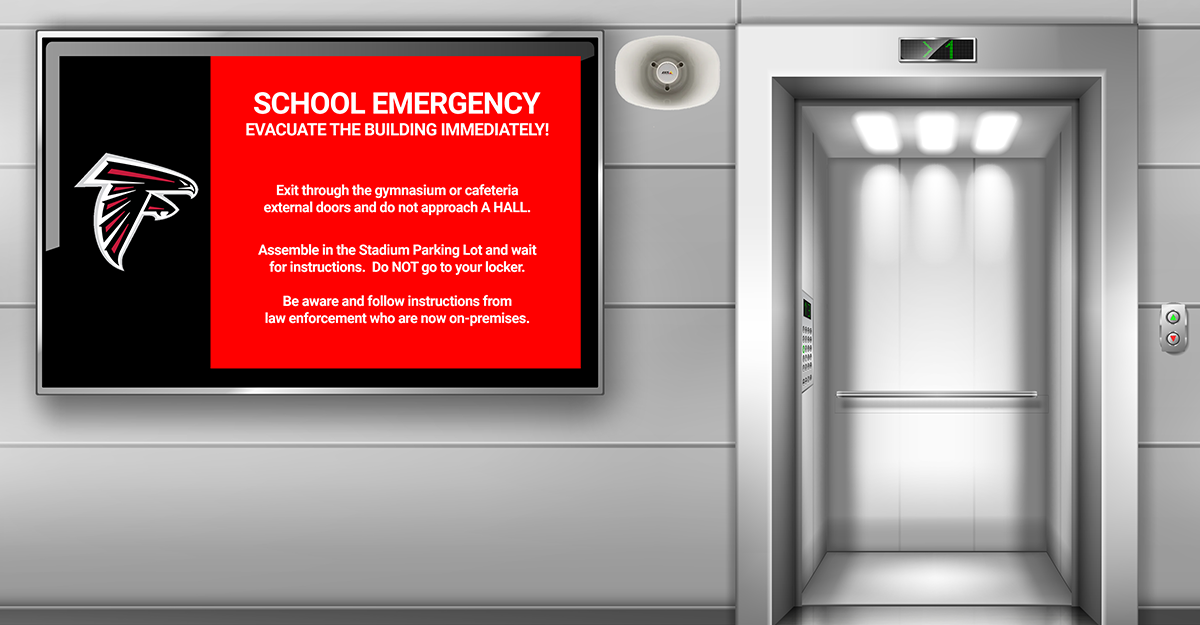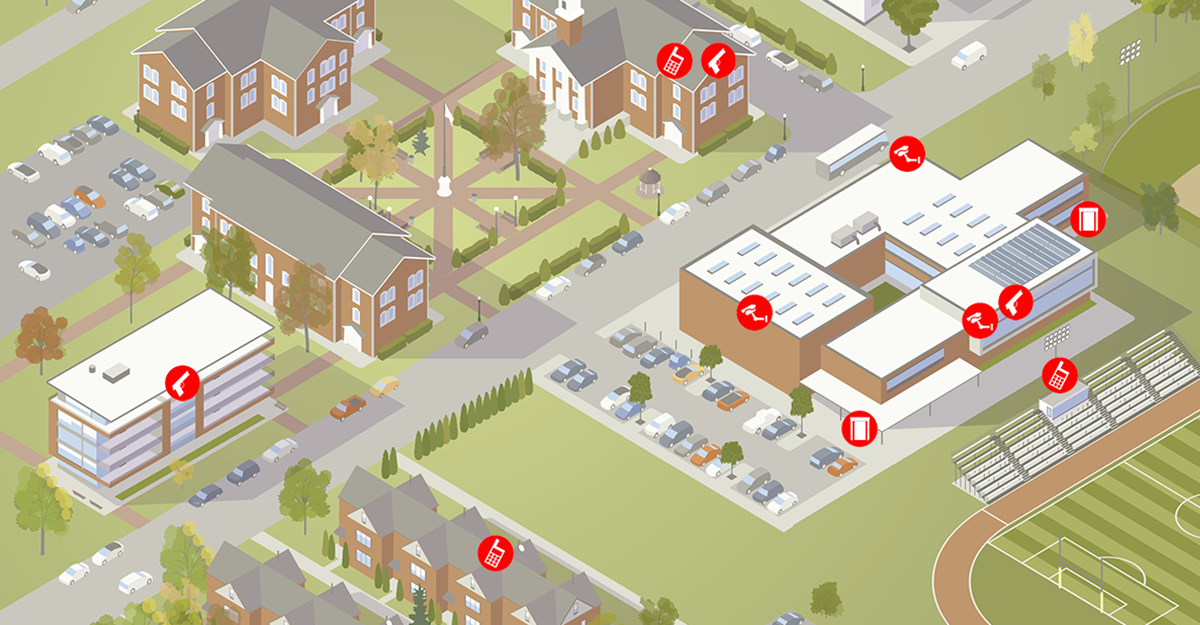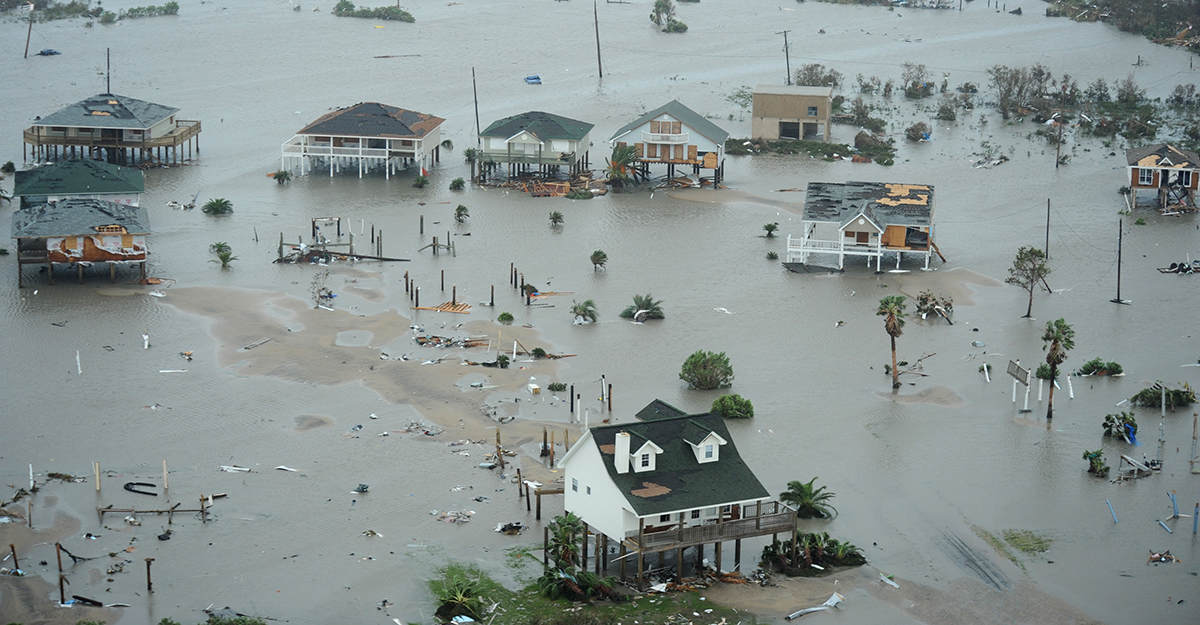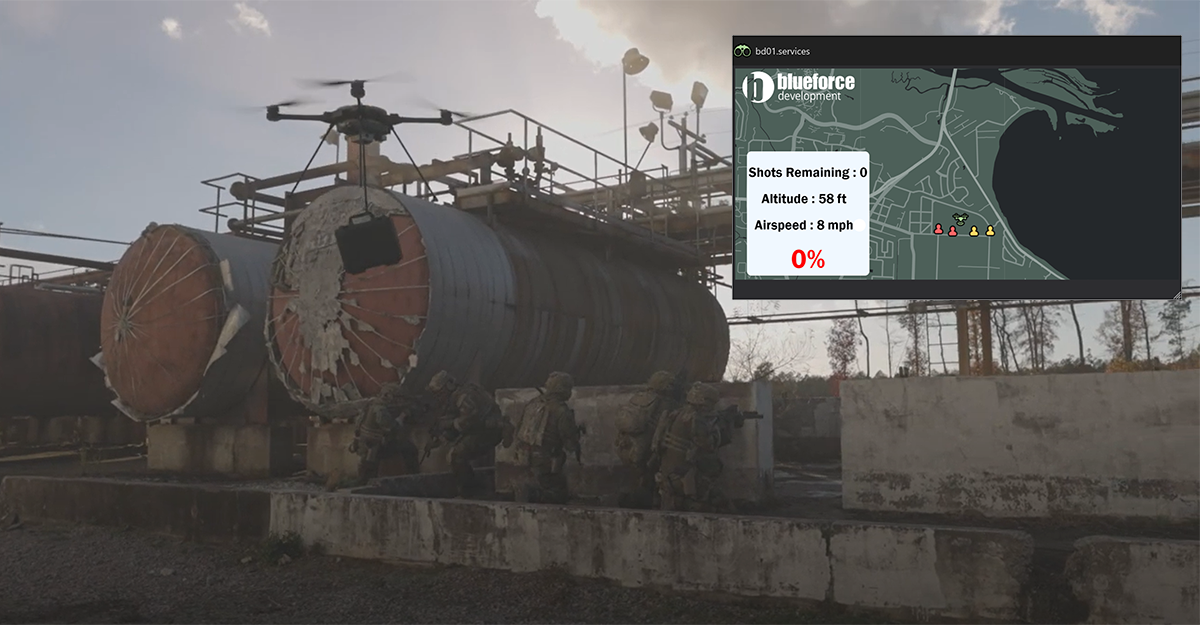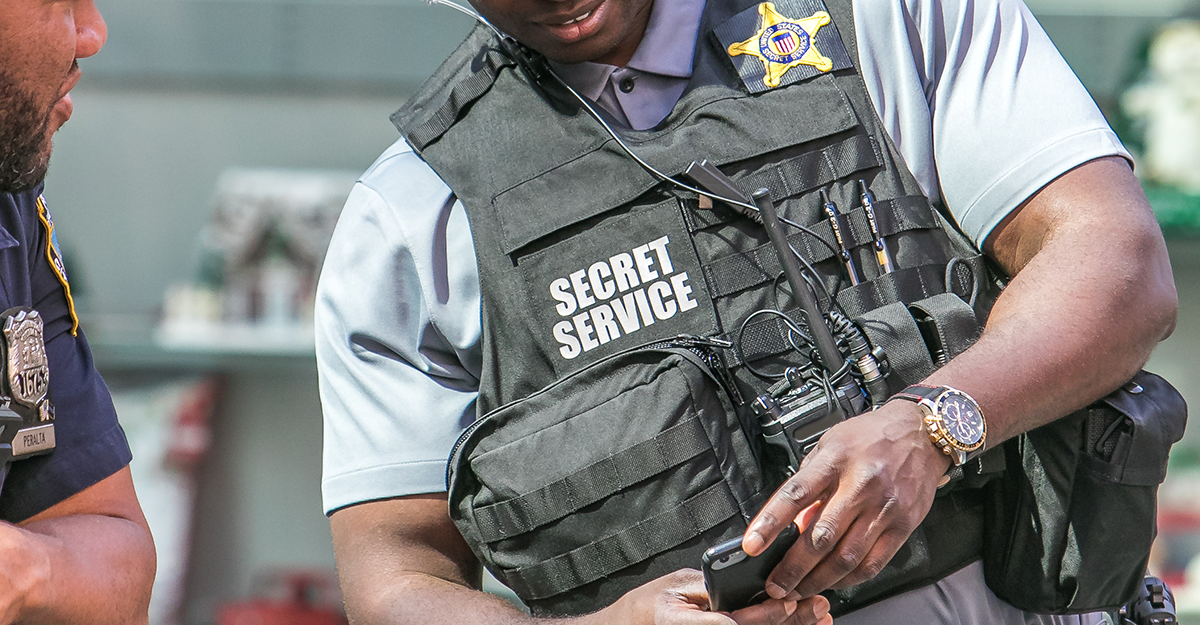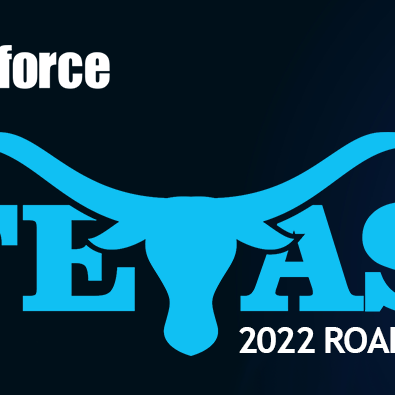The Internet of Things (IoT), by definition, is a wide array of "things" that can connect and exchange data over a network. This "network" can take many forms to include the "big" internet, an enterprise network, and in most places where we work, a closed network "bubble". The reality is that once many organizations begin to leverage "sensing", it becomes clear very quickly that exchanging...
Read MoreThe 2022 Blueforce Texas Road Show
The 2022 Blueforce Texas Road Show gives you hands-on access to the latest in Public Safety, Safe Campus, and Autonomous Platform technologies. The Road Show kicks off Tuesday October 11, 2022 in Houston. For more information, click here…




